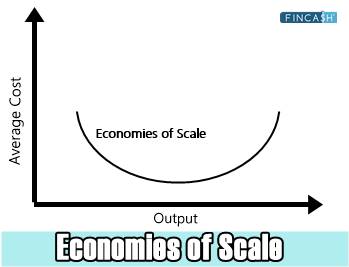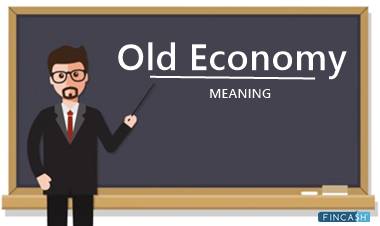Economies of Scope
What are Economies of Scope?
Economies of scope is used to describe such situations wherein the long-run marginal and average cost of an Economy, organization or a company decrease because of the production of complementary services and goods.

In simple words, this term defines that the production of one product can decrease the cost of producing another relevant product. Although economies of scope can be characterized by efficiencies formed by differences, however, Economies of Scale can be characterized in terms of volume.
The latter comprises the decrease in the cost per unit, or the average cost, that comes from increased production of one product type.
Explaining Economies of Scope
Economies of scope can be understood as such an economic Factor that helps to make simultaneous Manufacturing of different products cost-effective in comparison to the production on their own. Basically, this situation arises as the products are co-manufactured by a similar process, the processes of production are complementary, or the products share the inputs to production.
In general, economies of scope can occur from the co-manufacturing relation between the end products. In terms of economic, these products are complements in production. This is the time when the production of one product automatically manufactures another product, in the form of a byproduct, or the side-effect of the manufacturing process.
In some situations, one product could be the byproduct of another; however, carry enough value for the producer to use it in sales. Thus, discovering a productive Market for such byproducts can effectively decrease costs and increase revenue.
For instance, dairy farmers usually separate the milk into curds and whey, and the curds are turned into cheese. In this process, the farmers also acquire whey, which can be used as a high protein feed for their livestock. Thus, it decreases the cost of buying nutritional products for their animals.
Another example that can be considered here is the process of manufacturing black liquor by turning wood into paper pulp. Rather than being a waste product that could consume a lot of money for disposal, black liquor is generally burned in the form of an energy source to heat and fuel the plant; therefore, saving money on other fuels.
Also, it can even be used to make advanced biofuels for selling or using on-site. This way, producing black liquor helped save expenses on manufacturing the paper.
Talk to our investment specialist
All efforts have been made to ensure the information provided here is accurate. However, no guarantees are made regarding correctness of data. Please verify with scheme information document before making any investment.












